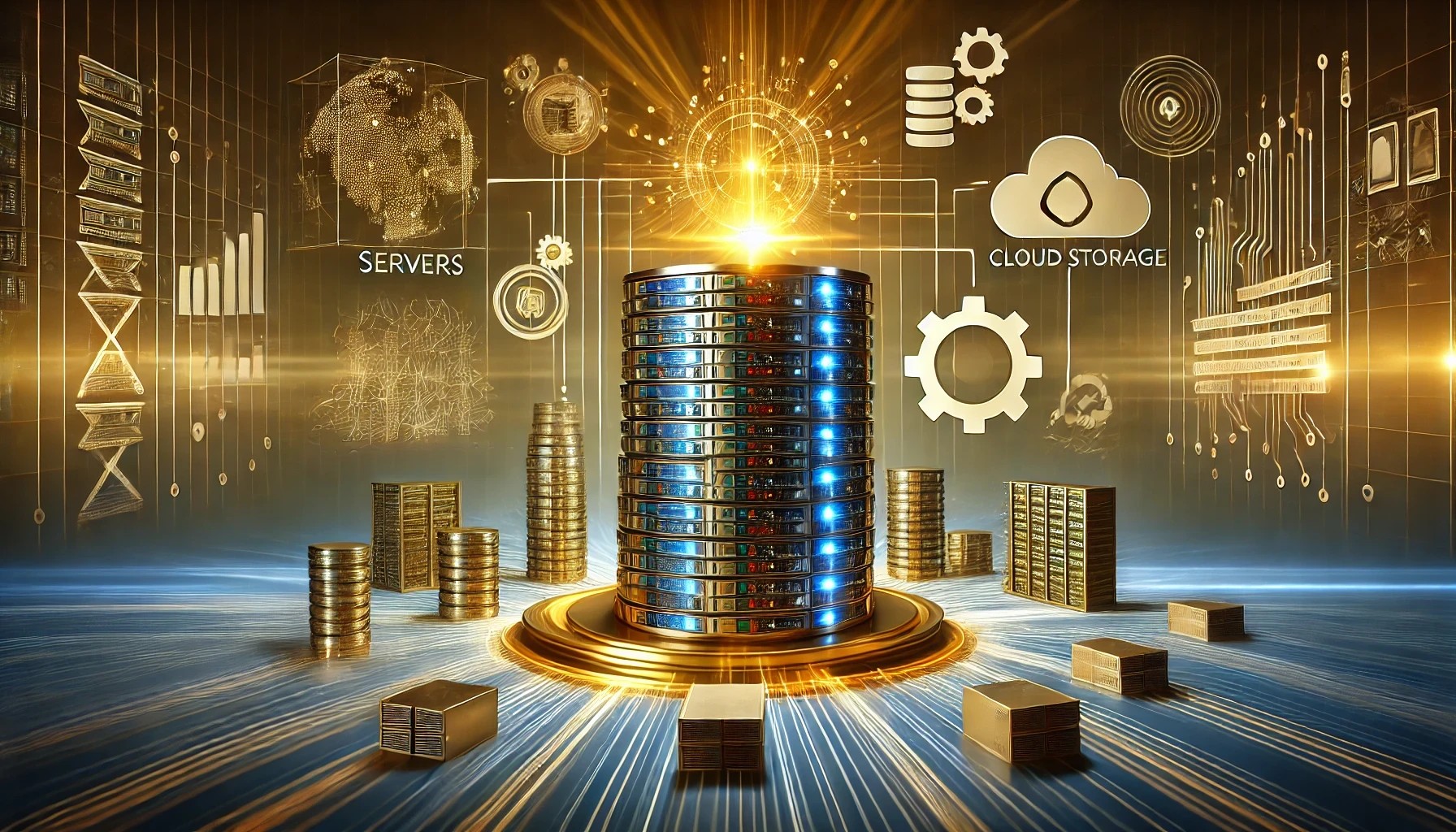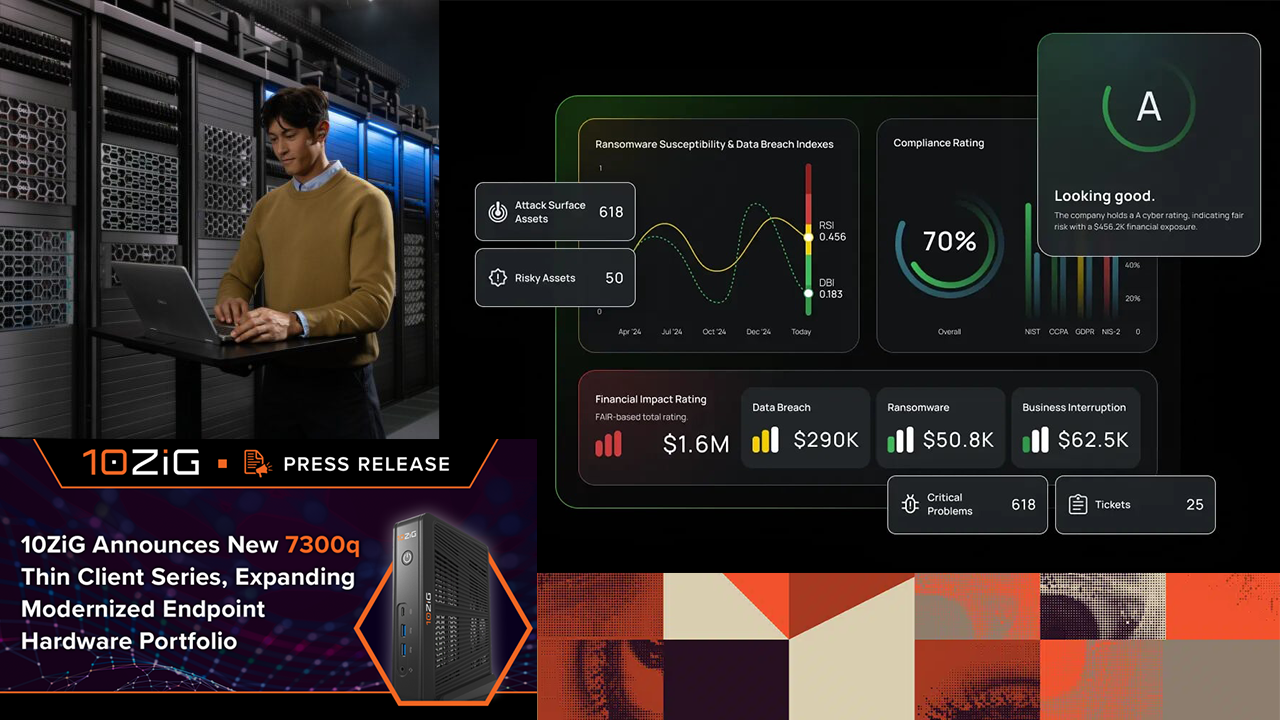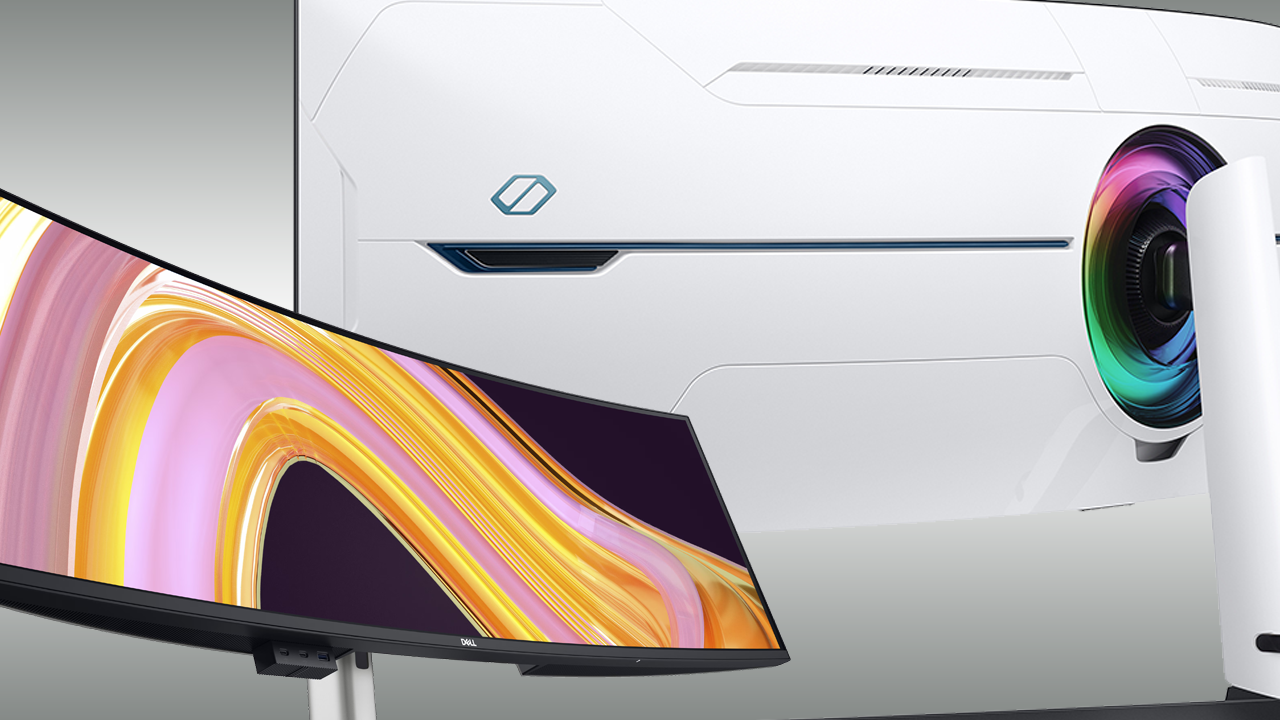Consumers and businesses proved that if they like a version of Windows, they’re happy to stick with it forever. That’s part of the reason why Windows XP, even unsupported and older than some teenage children, is still in use. Microsoft simply isn’t willing to let Windows 7, the last truly loved OS out of Redmond, to become the next XP. As a result, for the first year after launch, anyone running a PC with Windows 7 or later will be able to upgrade to Windows 10 absolutely free. Furthermore, Windows phones running 8.1 will also get a free upgrade to Windows 10.
It’s a bold move from Microsoft, and marks the first time in history a completely new version of Windows will be given away to such a large quantity of previous users. Historically, Windows XP SP2 (pretty much a new OS from Windows XP) and Windows 8.1 were free, but only to users running the immediately previous version. Windows 8 was offered at a sharply discounted rate to previous users for a short time.
Getting users off of Windows 7 isn’t their only motivation. Microsoft has been working hard on their universal applications platform and unified store across all Windows devices. Should a large percentage of their user-base running Windows 7 and beyond take the free upgrade to Windows 10, it may just be enough to woo developers back into the Windows fold. Being able to target all Windows devices, across phones, tablets, XBOX, and PCs, with (for the most part) a single application could prove fruitful for the entire Windows ecosystem. And since Windows 10 will be able to run modern apps on the desktop in floating Windows, the potential user base for Windows Store apps is much larger than with 8/8.1.
Microsoft’s CEO, Satya Nadella, also addressed some recent concerns regarding their support of other platforms during the Windows 10 Preview press event on January 21st, 2015. Nadella re-emphasized the company’s position that while their services will be available on all platforms, it is Microsoft’s intention to make Windows the most integrated and best experience for these services on phones, tablets, notebooks, and PCs.

Speaking of services, Microsoft even referred to Windows 10 as “Windows as a Service,” indicating that this will be the last major revision of Windows going forward. Windows users on Windows 10 should expect more frequent, but smaller, upgrades over time that introduces new features along with bug fixes. The fact Windows is a free upgrade for a year means eventually there will be a cost to upgrade (unless there won’t be, and this is only to get people to upgrade faster), so how that plays out over the long run isn’t entirely clear. Furhermore, it isn’t clear just how long Microsoft will bring existing liceses along for the ride.† Once you have a Windows 10 PC, will it be upgraded forever or will eventually the version change?
In any case, offering Windows for free to any Windows 7/8 user willing to upgrade within the first year shows that Microsoft is serious about staying relevant as a platform across all ranges of hardware. It also shows their commitment to improving support for the Windows Store, which needs much broader support from developers if Microsoft intends to compete against iOS and Android in the mobile markets.












